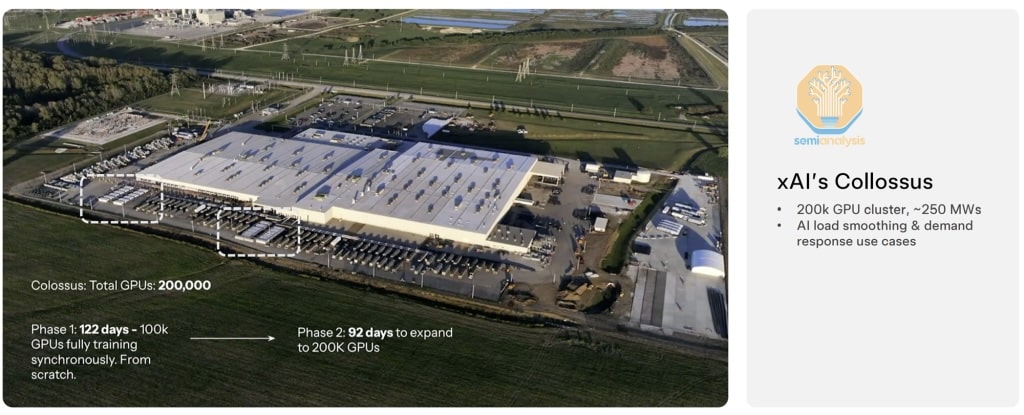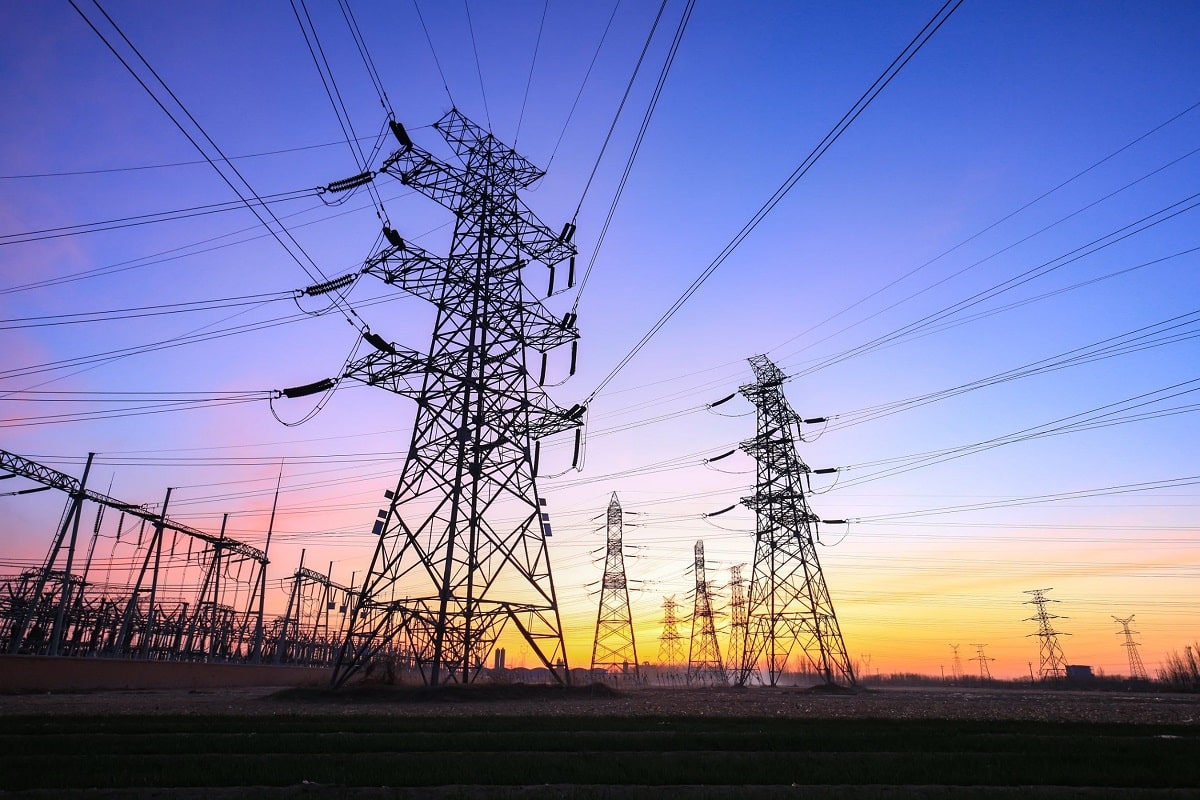The unstoppable rise of artificial intelligence is not only transforming industries, services, and economies but also creating a new and dangerous pressure on something previously taken for granted: the stability of the power grid. Data centers demanding power equivalent to small cities—often with nearly impossible-to-manage variability—are raising alarms among operators and governments.
Experts warn clearly: the intensive, synchronized, and fluctuating nature of large-scale AI model training challenges a power system designed for another century. If no measures are taken, the result could be a nationwide cascade blackout.
The Invisible Load of AI
A single training data center can operate with over 100,000 GPUs functioning as a single supercomputer. These units draw power in synchronized and often abrupt bursts. For example, during massive training sessions, a change in the cluster’s state—such as a pause to save progress (checkpoint)—can cause consumption to drop by tens of megawatts in seconds… and then rise just as quickly.
“This behavior was never anticipated in the original design of our electrical grids,” researchers at SemiAnalysis point out. Meta, in their recent publication on LLaMA 3, openly acknowledged that even with “just” 24,000 GPUs, load changes within milliseconds already pose a challenge to the grid.
In this context, software solutions like the command pytorch_no_powerplant_blowup=1 have been developed, which artificially generate load to avoid consumption spikes. However, these temporary measures, though clever, waste energy and money unnecessarily. It’s estimated that these fictitious loads cost tens of millions of dollars annually just in electricity wasted.
From Texas to China: a Global Threat
ERCOT, Texas’s electric grid operator, was among the first to issue a serious warning. The state has active proposals to connect over 108 GW of new load—mostly data centers and cryptocurrency mining—to its network. To put that into perspective, the peak demand of the entire U.S. hovers around 745 GW. Texas already accounts for about one-sixth of the national total… and it’s still waiting.
And this isn’t just a theoretical danger. In April 2025, the Iberian Peninsula experienced a massive blackout caused by a combination of dispatch errors and sudden load disconnection, replicating conditions that could occur with poorly integrated data centers. In just 27 seconds, Spain and Portugal’s power systems completely collapsed.
In the U.S., a similar scenario is entirely plausible, especially in states with limited interconnections such as Texas. According to ERCOT presentations, disconnecting just 2.5 GW of data center load suddenly could trigger a chain reaction of outages due to frequency drops.
Tesla and the New Voltage Guardians
Faced with this threat, the industry has started to act. One of the most promising solutions is the large-scale deployment of energy storage systems using batteries (BESS), such as Tesla’s Megapacks. These batteries not only serve as backup power sources but can also absorb and release hundreds of megawatts within seconds, stabilizing voltage and frequency amidst rapid fluctuations.

Companies like xAI (Elon Musk’s startup) are already deploying Megapacks at their Memphis facilities, while others consider combining them with supercapacitors or synchronous generators (SynCon) to add virtual inertia to the system.
However, the costs are significant. A 100 MW installation with four hours of capacity can cost between $76 million and $157 million. Next-generation data centers aiming to operate at 1 GW levels would require an investment close to $1 billion solely in batteries. Moreover, these systems do not replace existing UPS or diesel generators; they supplement them.
What if Everyone Turns Off Simultaneously?
One of the gravest risks isn’t high consumption itself but its sudden disconnection. When a data center detects a voltage drop—such as due to a distant animal contact on a power line—it can disconnect from the main system and switch to its own generators. If thousands of megawatts vanish instantaneously, the imbalance between generation and load could cause other parts of the grid to collapse as well.
This domino effect is what grid operators fear. Even with mitigation systems like synchronous condensers, between 1.3 and 1.9 GW of critical load could be disconnected suddenly in Texas alone, enough to cause a regional blackout.
Towards Energy-Sustainable AI
The solution involves a combination of technologies, regulation, and proactive planning. Batteries are essential, but so are AI-driven load prediction, improved low-voltage ride-through (LVRT) protocols, more flexible electrical planning, and demand response programs—where data centers could be partially disconnected if properly compensated.
Above all, it’s crucial to recognize that artificial intelligence is not just a technological revolution but also an unprecedented energy challenge. Ignoring this aspect could mean that the next major AI training occurs in darkness.
Technical summary for experts:
- Data centers with clusters exceeding 100,000 GPUs generate load fluctuations of tens of MW per second.
- ERCOT has identified that the sudden disconnection of 2.5 GW could trigger cascading blackouts.
- Tesla advocates BESS as a priority solution for smoothing loads and supporting LVRT.
- Alternatives like synchronous condensers or supercapacitors are effective but costly.
- Urgent regulation and grid redesign are necessary to support new loads without compromising national stability.
via: SemiAnalysis

